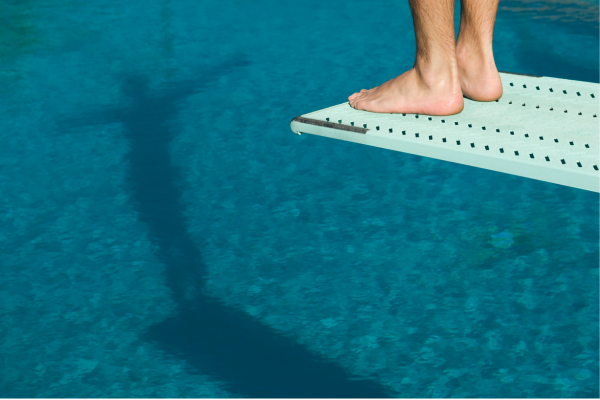Complimentary CLE
Our society has become largely accustomed to the visually stunning animations produced by major film studios; captivating, dynamic, and compelling; however, most legal professionals know their accuracy to be questionable. For forensic experts and their clients, precision is paramount for the creation of demonstrative evidence, be it a two-dimensional image or a three-dimensional animation illustrating movement. Faced with more critical viewers than Hollywood Studios, the questions asked are often, “Is it to-scale? Do the movements align with the relevant laws of physics? Does the exhibit faithfully represent the results of the engineering analysis?”
This webinar delves into the creation of accurate engineering animations, adhering to principles that ensure admissibility in court. It covers the expert’s process from data collection, emphasizing the importance of all objects being “to-scale,” defining movements in accordance with physics laws, and ensuring the exhibit effectively demonstrates analysis. Strategic planning and comprehensive understanding offer the opportunity to secure the acceptance of these potentially impactful exhibits as evidence. The presentation incorporates real case examples, showcasing both challenges and solutions.

